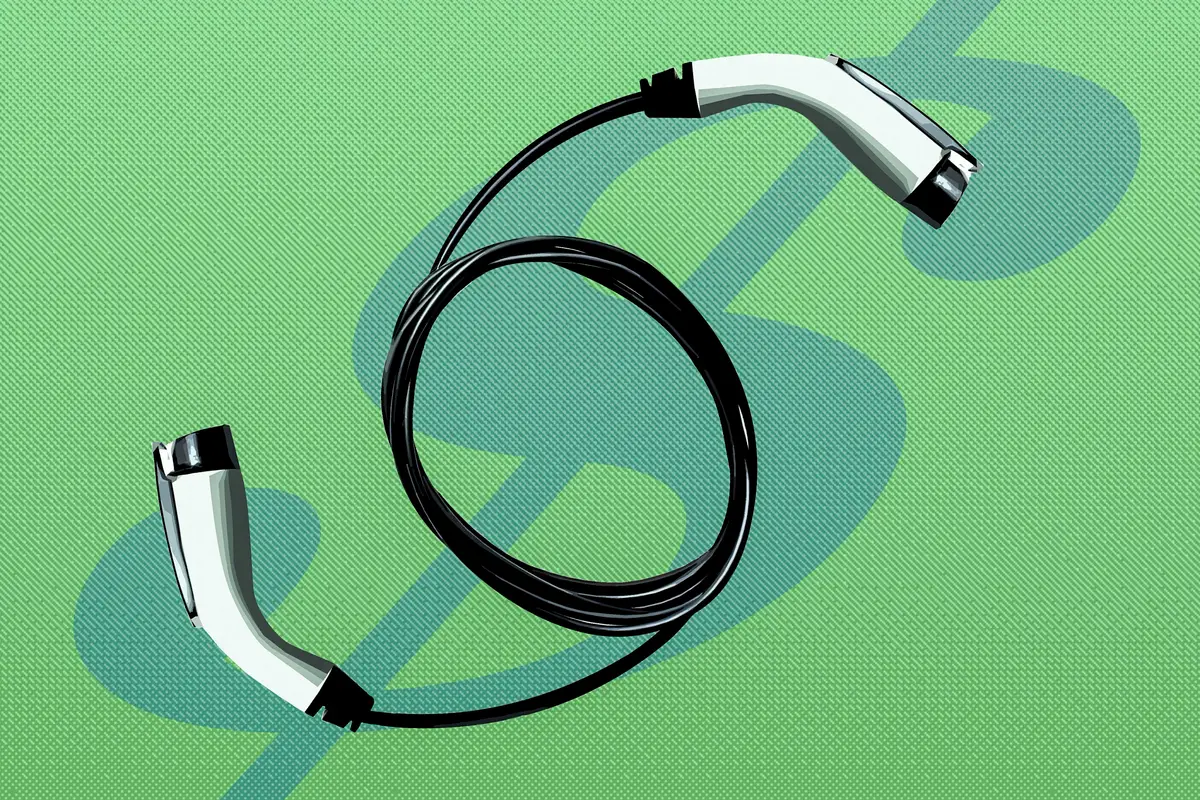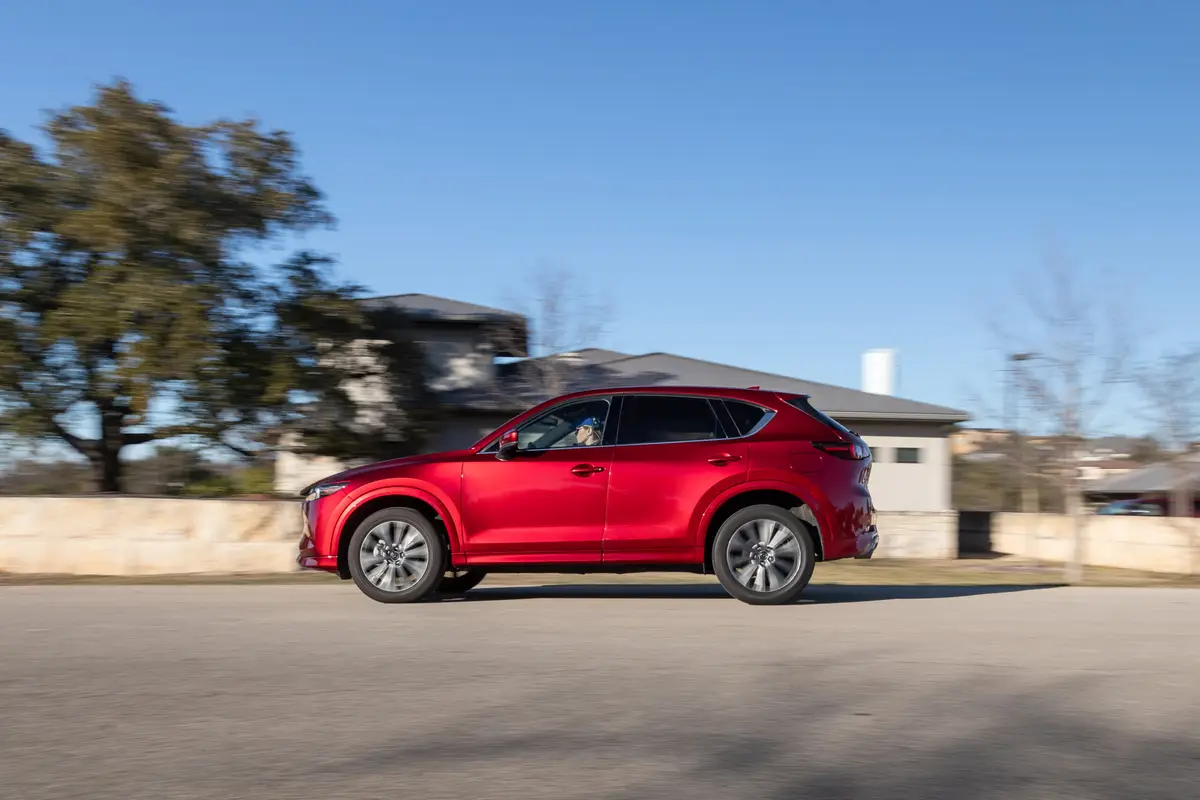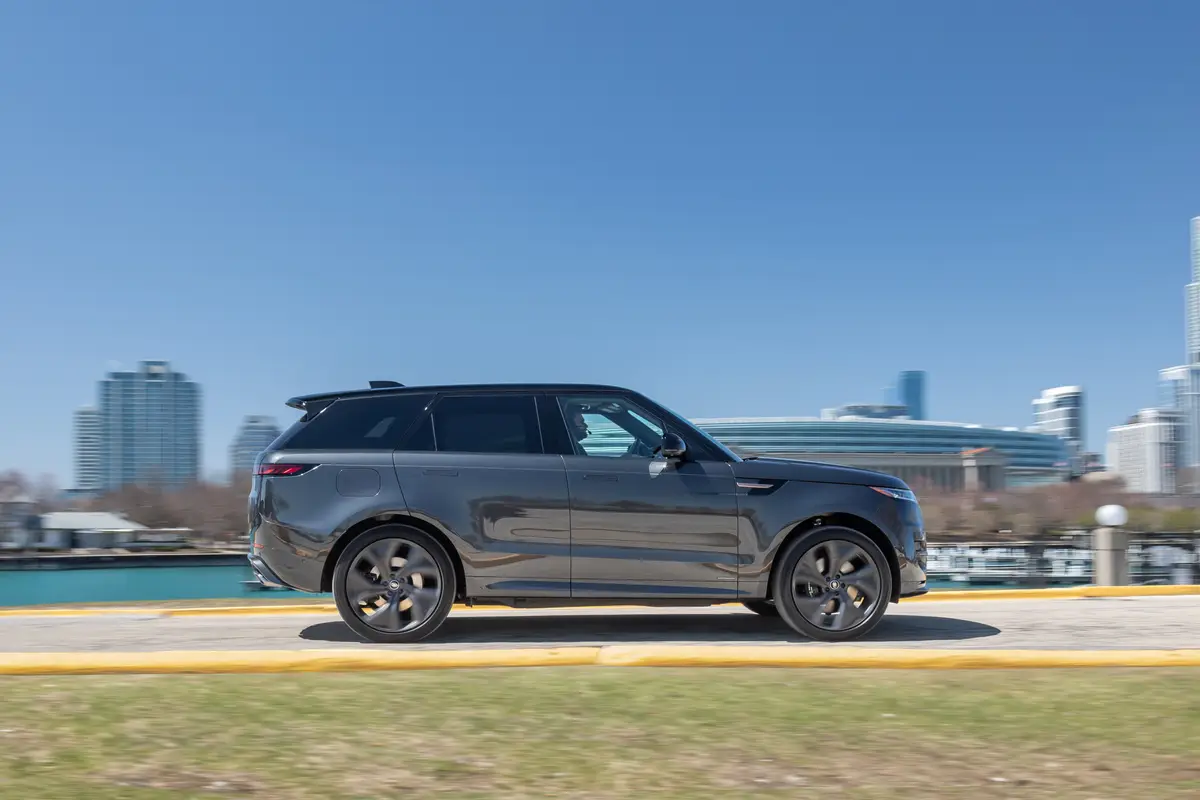2004 Volvo V40: What's New
Vehicle Overview
Volvo’s compact V40 wagon and its S40 sedan companion earned a mild freshening in 2003 that included a new grille, headlight surrounds and body-colored moldings. For 2004, a new Limited Sport Edition package is available that features 16-inch Crater alloy wheels, a moonroof, a power driver’s seat, front and rear spoilers, leather seating surfaces, stainless-steel scuff plates and front fog lamps. Only 2,500 Limited Sport Edition models will be produced.
Even though the V40 comes in a single basic model, it can be equipped with a Premium or Sport option package. The Sport group adds front and rear spoilers, fog lamps, 16-inch Galactica alloy wheels, Visby sport leather seats and Cyborg inlays.
Volvo aims the S40/V40 duo toward younger buyers, whereas the Swedish automaker’s other models are geared more toward an older crowd. Developed jointly with Mitsubishi, the entry-level S40 sedan and V40 wagon are built in the Netherlands. Ford wholly owns Volvo, but the compact models were developed prior to Ford’s takeover.
Like other Volvos, the V40 emphasizes safety. Standard side curtain-type airbags extend from the front roof pillar to the rear pillar and drop down from above the windows in side collisions.
Exterior
The V40’s styling is closely related to other Volvo products. A trademark Volvo grille with chrome vertical bars sits up front. Character lines run through the hood and along the bodysides like those on Volvo’s larger models. A power moonroof is optional.
Measuring 180.2 inches long overall, which is 2.4 inches longer than the S40 sedan, the V40 wagon shares the same 100.9-inch wheelbase with its sedan sibling. Both body styles are 67.6 inches wide and 56 inches tall. The V40 is 7.6 inches shorter in wheelbase and 5.2 inches shorter overall than Volvo’s midsize V70 wagon. Standard tires measure 15 inches in diameter, and 16-inch alloy wheels are offered as an option.
Interior
Cloth upholstery is standard, and leather seating surfaces are optional. Front occupants get bucket seats, while the rear passengers have a 70/30-split, folding seat. Three-point seat belts are installed for all five seating positions, and integrated rear child-safety seats are available. With both sides of the backseat folded down, cargo volume totals 68.1 cubic feet. With the seat upright, space drops to 33.5 cubic feet. Both a cargo net and a cargo cover are included. Narrow rear doors make entry and exit a little difficult.
Standard equipment includes automatic air conditioning, remote keyless entry, a six-speaker Dolby stereo system, a tilt/telescoping steering wheel and an alarm.
Under the Hood
Volvo’s 170-horsepower, turbocharged 1.9-liter four-cylinder engine produces 177 pounds-feet of torque. The adaptive five-speed-automatic transmission tailors performance characteristics to the driver’s personal style.
Safety
Antilock brakes, side curtain-type airbags and side-impact airbags for the front seats are standard. Volvo’s Whiplash Protection System (WHIPS) moves the front seats rearward in a collision. An optional Dynamic Stability Assistance system reduces torque when it detects a loss of traction.
Driving Impressions
Nearly all of the pleasures of driving a larger Volvo wagon can be found in the V40, but at a substantially lower price. That appealing list includes a generally satisfying ride, precise handling, quiet and refined behavior, energetic performance and an overall sensation of solidity.
Featured stories


2025 Mazda CX-5 Review: Pace Over Space



